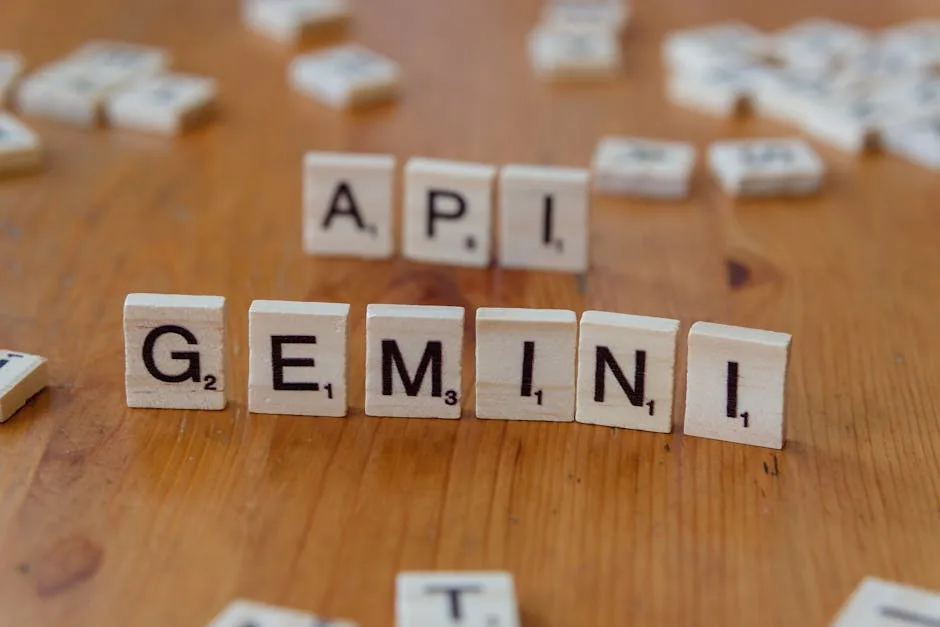
OpenAI CEO Sam Altman has publicly confirmed that development of GPT-6 is already underway, signaling a rapid strategic pivot following a deeply troubled launch for the GPT-5 model1. This announcement, made to reporters, comes with an admission that the GPT-5 rollout “wasn’t really well thought out” and a promise that the next iteration will have a shorter development cycle1. The situation presents a complex case study in product management, user trust, and the potential for misjudging technological progress based on surface-level sentiment.
The core of the issue lies in a significant disconnect between OpenAI’s official performance metrics for GPT-5 and the widespread experience reported by its user and developer community. While the company’s blog post introduced GPT-5 as a unified, state-of-the-art system with a 45% reduction in factual errors and superior performance on academic benchmarks3, the practical reception was overwhelmingly negative4. Users on platforms like Reddit expressed “phenomenal disappointment,” citing a lifeless personality and a perceived downgrade in capability, particularly for coding tasks4. This sentiment was not limited to consumers; developers reported critical technical issues with the API, including inefficient token usage that led to exorbitant costs and instances where the model would output nothing after consuming a full token limit8.
Technical Failures and Developer Backlash
The technical complaints from the developer community provide concrete examples of the launch’s failures. On the OpenAI Developer Forum, users detailed specific problems that rendered the API unreliable for production use. One user provided a code example demonstrating that a simple prompt for a list of phrases consumed 258 input tokens but generated over 4,000 output tokens, indicating a severe misconfiguration in the API’s handling of reasoning steps8. Another critical issue involved the model frequently outputting blank responses (`[content] =>`) while still consuming the entire allocated token budget and returning a `finish_reason` of `length`8. This behavior makes the service unusable for automated content generation and pushes developers towards older, more stable, and cheaper models like `gpt-4.1-nano`.
Beyond general performance, specialized technical workflows were broken. A developer working with Domain-Specific Languages (DSLs) for infrastructure management reported that GPT-5’s attempts to convert Python syntax into a DSL like Terraform “ruined” their work, blaming Reinforcement Learning from Human Feedback (RLHF) adjustments that prioritized “thinking and apologies” over functional utility7. Furthermore, a user cited a “32k token limit and deceptive truncating rolling context window” as the primary reason for switching to competitors, declaring that “Claude is far better, and Gemini eats both for breakfast in context management”7. These are not subjective complaints but specific, technical regressions that directly impact development velocity and operational stability.
The “Reverse DeepSeek Moment” and Strategic Misperception
An analysis published on LessWrong argues that the negative reaction to GPT-5 has created a dangerous phenomenon termed the “Reverse DeepSeek Moment”9. This concept draws a parallel to an earlier event where a model from Chinese firm DeepSeek was overhyped, causing a panic about China catching up. The current situation is the inverse: viral negativity and a botched product rollout are causing a widespread and potentially catastrophic *underestimation* of the underlying technology’s capabilities. The analysis contends that the advanced GPT-5-Thinking and GPT-5-Pro models are, in fact, true state-of-the-art systems, and internal models are even more powerful9.
The danger, as outlined by analyst Zvi Mowshowitz, is that this misperception is influencing high-level policy. There is a risk that policymakers in Washington D.C. will conclude that GPT-5 is a failure and that the march toward advanced AI has stalled, leading to complacency in areas like export controls and AI preparedness funding9. This narrative is bolstered by a seemingly contradictory statement from Sam Altman himself, who told the Financial Times that “[Chatbots] are not going to get much better,” while clarifying that the underlying AI models for reasoning and coding are “still getting better at a rapid rate”9. This suggests a strategic shift where consumer chat is seen as a local maximum, while the real progress—and business focus—is on powerful, cost-effective models for specific enterprise and developer applications.
Relevance and Implications
For security professionals, this saga is highly relevant. The integration of large language models into security tools for log analysis, threat detection, code review, and alert triage is accelerating. A model that exhibits overconfidence, functional regressions in coding, or unreliable API performance can directly impact security operations. Flawed code suggestions could introduce vulnerabilities, while inaccurate analysis of security events could lead to missed threats or false positives. The technical API failures also highlight the risks of building critical automation on top of unstable third-party services, where unexpected behavior or cost overruns can disrupt entire workflows.
The situation underscores the importance of rigorous testing and validation before deploying any new AI-powered tool into a sensitive environment. It is not sufficient to rely on vendor benchmarks; controlled proof-of-concept deployments against real-world tasks are essential. Furthermore, the “Reverse DeepSeek Moment” serves as a crucial reminder that public sentiment and marketing narratives are often poor indicators of true technological capability. A failure in user experience does not necessarily equate to a failure in raw capability, and misjudging an adversary’s (or a technology’s) true potential based on flawed perception is a classic intelligence failure.
In response to the crisis, Altman has admitted OpenAI “totally screwed up” the launch while simultaneously announcing plans to spend “trillions of dollars on data centers”5. This move to hype GPT-6 while acknowledging the failure of GPT-5 appears to be a strategy to manage investor and market expectations, framing the current issues as a temporary stumble on an otherwise unstoppable path. However, it remains to be seen if this will be enough to regain the trust of a developer community that has experienced significant disruption and may now be actively evaluating alternative platforms.
In conclusion, the story of GPT-5 is more than a simple product review; it is a multi-layered event involving product management failure, technical debt, community dynamics, and high-stakes perception management. The rapid announcement of GPT-6 suggests OpenAI is attempting to quickly move past this chapter. For those relying on AI technologies, the key takeaway is the critical need for independent verification of performance and reliability, and a healthy skepticism towards both marketing hype and viral negativity, as both can obscure the true capabilities and risks of a powerful technology.
References
- “OpenAI says GPT-6 is coming and it’ll be better than GPT-5 (obviously),” BleepingComputer, Aug. 20, 2025.
- “After Disastrous GPT-5, Sam Altman Pivots to Hyping Up GPT-6,” Futurism, Aug. 20, 2025.
- “Introducing GPT-5,” OpenAI, Aug. 7, 2025.
- “GPT-5 is worse. No one wanted preformed personalities.,” Reddit r/OpenAI, Aug. 8, 2025.
- “Sam Altman admits OpenAI ‘totally screwed up’ its GPT-5 launch and says the company will spend trillions of dollars on data centers,” Reddit r/OpenAI, Aug. 20, 2025.
- “OpenAI Just Revealed The Future Of GPT-5 And GPT-6,” TheAIGRID (YouTube), Aug. 17, 2025.
- “GPT-5 Coding Feels Downgraded — Please Fix This,” OpenAI Developer Forum, Aug. 10, 2025.
- “What is going on with the GPT-5 API?,” OpenAI Developer Forum, Aug. 8, 2025.
- “GPT-5: The Reverse DeepSeek Moment,” LessWrong, Aug. 18, 2025.





